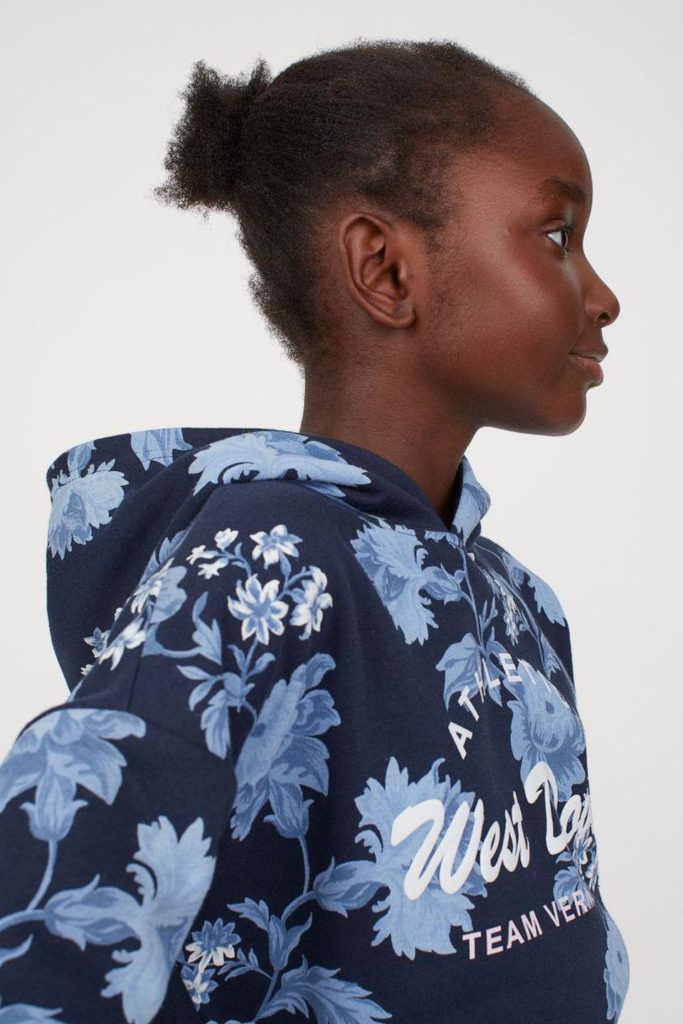In recent class discussions about ethics in marketing, we have looked at how “diversity” branding initiatives have had adverse effects with companies like Starbucks; how “ethical” or environmentally friendly brands can suffer due to their corporate alliances and partnerships; and how these missteps negatively affect brand identity and association. Recent news with the clothing company, H&M, provides another example where ethics in marketing is an important discussion.
This past week, the photo below went viral with a storm of backlash and criticism against the retail giant for their neglect of and tone deafness towards Black models and the Black community.

This picture sparked controversy for the company and debates within the Black community about positive and negative representation. H&M publicly responded to this outcry with a statement claiming that their aim was to portray a natural look for the children models as most of them had just come from school. However, many social media users condemned the company’s lack of styling of the young Black model. Debates also arose within the Black community about internal racism and the standardization of western beauty standards (ie. why are the White child models’ hair are viewed as messy but cute, but the Black child model’s hair is viewed as unkempt). Despite whatever personal opinion one may have about the child’s actual hairstyle in the photo, this incident does raise questions about diversity in corporate settings and who makes these marketing decisions. Many of those criticizing believe that if there had been a Black hair stylist or Black person included in these types of decision making processes, that person would better understand how these decisions affect Black models, Black representation, and most importantly Black customers of the brand. Additionally, this is not the first issue H&M has had with Black child models and tone deaf marketing (see this NY Times article). Other brands, such as Burberry, have also faced backlash due to the controversial styling of their models.
Therefore, while some may not consider this situation with H&M a matter of ethics, this present problem with many brands demonstrates a corporate-wide misunderstanding of not only the brands’ customers, but also the social justice climate in which their brand, marketing, and products must ultimately survive. Personal opinions aside, companies must take into consideration how these marketing decisions affect their overall brand image. Diversity for diversity’s sake is no longer enough.
Resources:

4 Responses to Ethical Marketing & Social Justice Culture (CMGT 541)